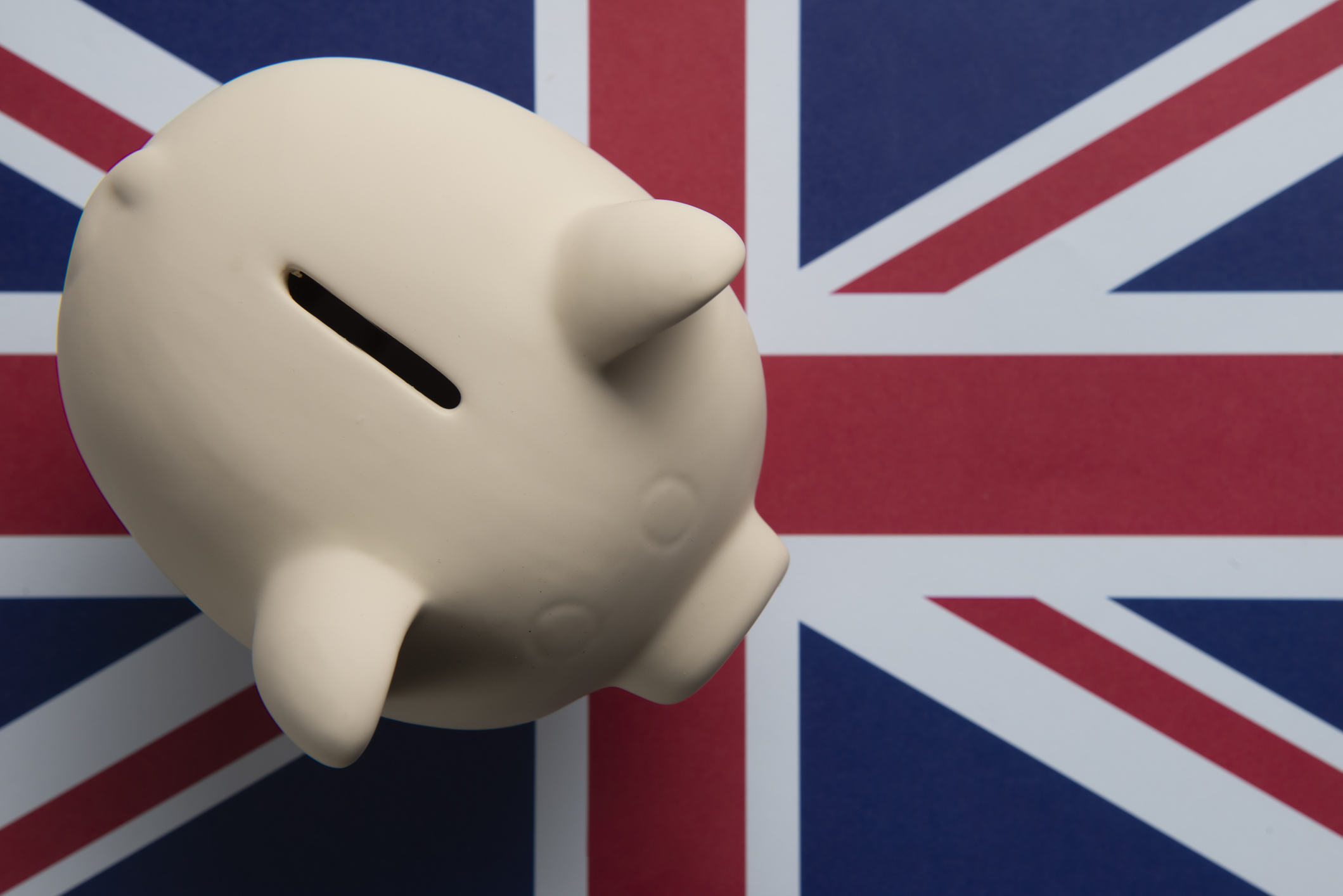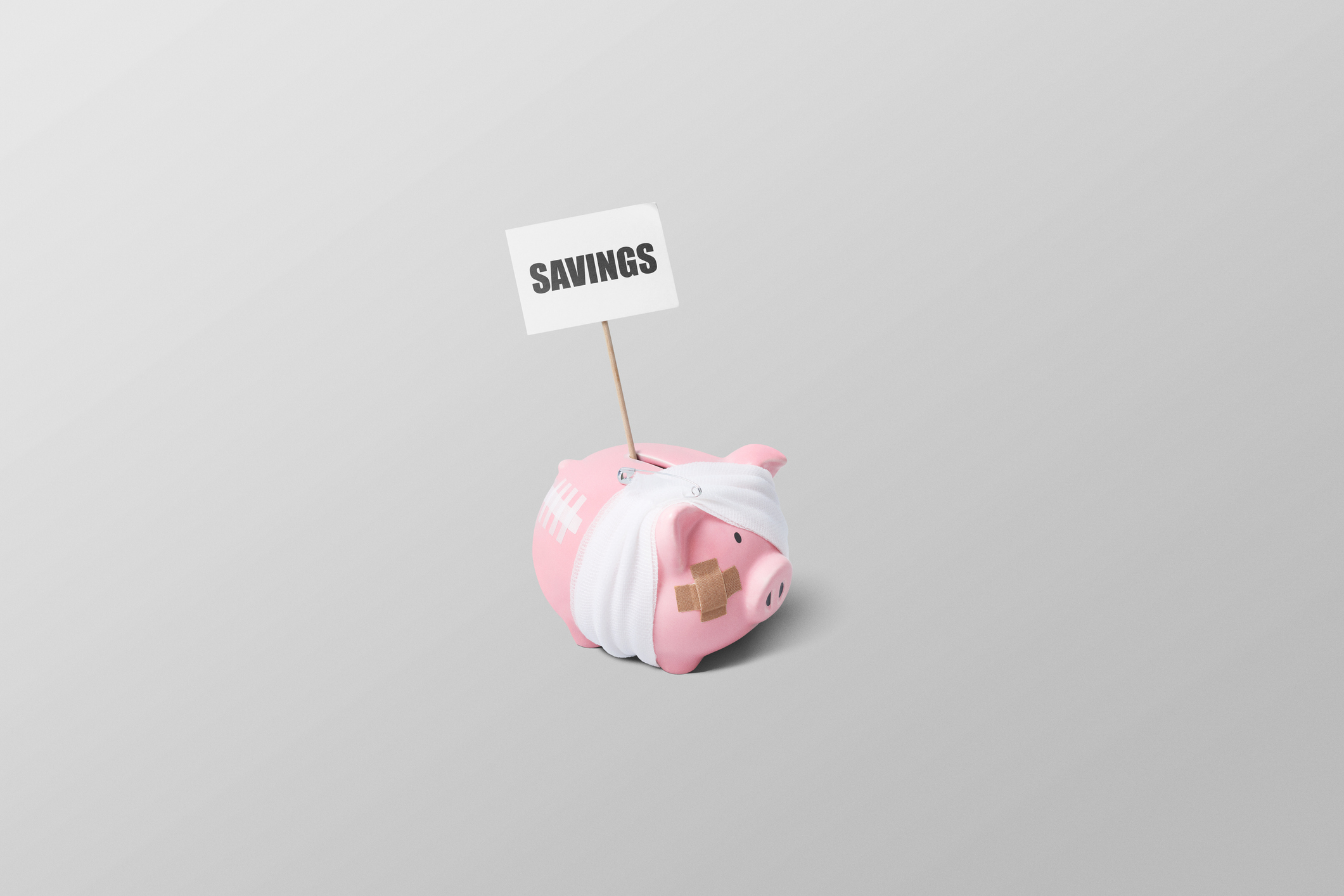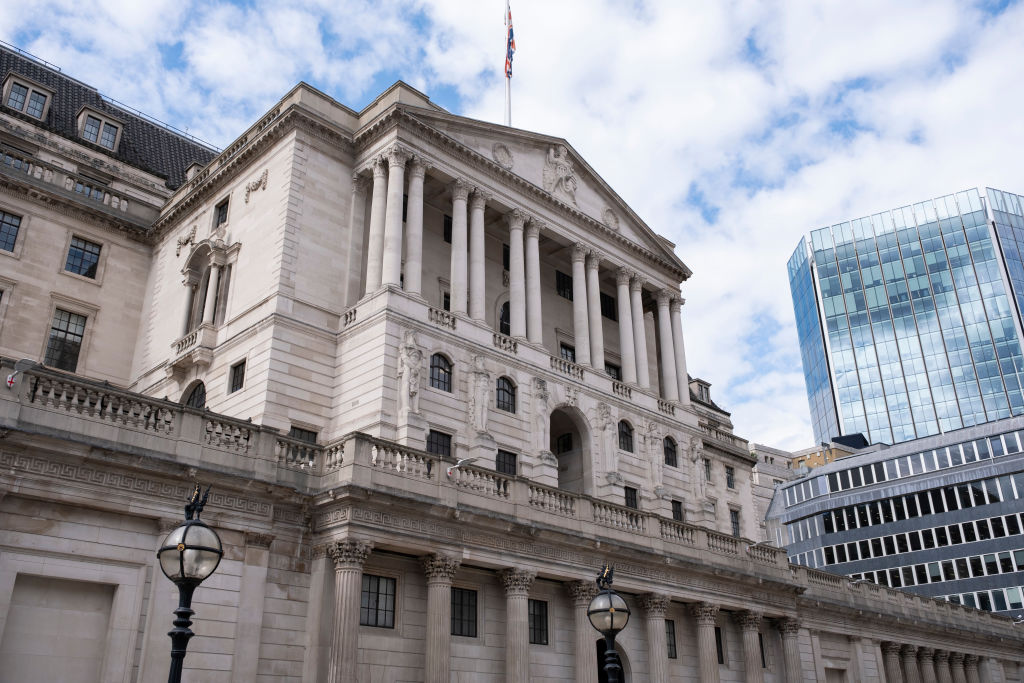Best inflation-beating savings accounts to make your money work hard
We explore the savings accounts that can best protect your money from inflation

Daniel Hilton

The Consumer Price Index (CPI) measure of inflation slowed to 3.2% in the 12 months to November, according to the latest data from the Office for National Statistics (ONS).
Analysts expected the measure to come in at 3.4%, down from 3.6% in October. The larger than expected drop in November was largely caused by a fall in food prices, which usually climb at this time of year.
Households will be breathing a sigh of relief as inflation cools, although it is still higher than the Bank of England’s (BoE) 2% target.
MoneyWeek
Subscribe to MoneyWeek today and get your first six magazine issues absolutely FREE

Sign up to Money Morning
Don't miss the latest investment and personal finances news, market analysis, plus money-saving tips with our free twice-daily newsletter
Don't miss the latest investment and personal finances news, market analysis, plus money-saving tips with our free twice-daily newsletter
The CPI measure has only briefly dropped below 2% in the past few years, dipping to 1.7% in September 2024.
Savers should ensure they are getting the best inflation-beating savings rates to prevent losing money in real-terms.
The average interest rate across all UK savings accounts is 3.39%, according to Moneyfacts, sitting just above inflation. But someone with an account paying this level of interest would only be earning interest of 0.19% in real terms – a paltry amount.
On average, easy access savings accounts are paying a rate of 2.56%, almost a full percentage point lower than November’s CPI rate of inflation – although there are plenty of inflation-busting deals on the market if you’re willing to shop around.
There are currently 1,512 savings accounts on the market that beat inflation, made up of 153 easy access, 145 notice accounts, 125 variable rate ISAs, 350 fixed rate ISAs and 739 fixed rate bonds.
The top easy-access savings account on the market right now is Sidekick’s Multi Shield account which is paying 4.48% interest. This includes a 1% bonus rate that disappears after six months.
The account allows unlimited penalty-free withdrawals, so you can take out your cash whenever you want.
Caitlyn Eastell, spokesperson for Moneyfacts, said it was “as crucial as ever” savers get their money working its hardest with inflation remaining sticky in 2025.
“Loyalty is not always incentivised. The markets are most generous to those who proactively search for the highest paying deals,” she added.
With that in mind, we look at the best savings accounts currently on the market which can help you beat inflation.
The below accounts are the best on the market for someone saving £10,000 and are all FSCS-protected, according to Moneyfacts.
Which are the best savings accounts to beat inflation?
Best easy-access savings accounts
Sidekick Multi Shield | 4.48% | Includes a six-month bonus rate of 1% |
Cahoot Simple Saver | 4.40% | The interest rate is variable which means it could change over the 12-month term |
Chip Easy Access Saver | 4.37% | Comes with a 1.63% bonus rate for the first 12 months, after which the rate drops to 2.74%. Savers get three penalty-free withdrawals each year. |
Chip Instant Access Account | 4.35% | Comes with a 1.61% bonus rate for the first 12 months. The account comes with unlimited withdrawals. |
Best easy-access cash ISAs
Trading 212 Cash ISA | 4.52% | Includes a bonus of 0.67% for the first 12 months but comes with unlimited withdrawals |
Plum Cash ISA | 4.28% | Rate includes a bonus of 1.49% for the first 12 months |
Atom Bank Easy Access Cash ISA | 4.25% | Allows unlimited withdrawals, but the rate is variable so may go up or down. |
Aldermore Reward ISA Single Access | 4.15% | The rate drops to 2.90% if two or more withdrawals are made per year. |
Best one-year fixed savings accounts
AlRayan Bank Meteor Savings | 4.55% |
LHV Bank | 4.46% |
Habib Bank Zurich | 4.46% |
Best one-year fixed cash ISAs
Chetwood Bank Hargreaves Lansdown Active Savings | 4.31% |
Investec Save | 4.30% |
Tembo Money | 4.30% |
Get the latest financial news, insights and expert analysis from our award-winning MoneyWeek team, to help you understand what really matters when it comes to your finances.

Sam has a background in personal finance writing, having spent more than three years working on the money desk at The Sun.
He has a particular interest and experience covering the housing market, savings and policy.
Sam believes in making personal finance subjects accessible to all, so people can make better decisions with their money.
He studied Hispanic Studies at the University of Nottingham, graduating in 2015.
Outside of work, Sam enjoys reading, cooking, travelling and taking part in the occasional park run!
-
 The most influential people of 2025
The most influential people of 2025Here are the most influential people of 2025, from New York's mayor-elect Zohran Mamdani to Japan’s Iron Lady Sanae Takaichi
-
 Millions of parents are missing out on up to £720 a year in extra pension cash – are you affected?
Millions of parents are missing out on up to £720 a year in extra pension cash – are you affected?A mum who narrowly missed out on the pension boost said she “never knew the government rule existed” and wants other parents to use it
-
 Brits leave £31.6 billion in savings accounts paying 1% interest or less – do you need to switch?
Brits leave £31.6 billion in savings accounts paying 1% interest or less – do you need to switch?Eight million Brits hold money in savings accounts that pay 1% interest or less, meaning the value of their cash is being eroded by inflation.
-
 Buying vs renting: is is better to own or rent your home?
Buying vs renting: is is better to own or rent your home?The higher mortgage rates of recent years have actually made renting comparatively cheaper, analysis suggests. But there are hidden costs to long term renting.
-
 Hargreaves Lansdown launches first cash ISA – how does it compare?
Hargreaves Lansdown launches first cash ISA – how does it compare?Hargreaves Lansdown is offering an own brand cash ISA for the first time with their new easy-access account. How does the interest rate compare to other products?
-
 Is Britain heading for a big debt crisis?
Is Britain heading for a big debt crisis?Opinion Things are not yet as bad as some reports have claimed. But they sure aren’t rosy either, says Julian Jessop
-
 ‘My NS&I one-year British Savings Bond is maturing – what should I do with my savings?
‘My NS&I one-year British Savings Bond is maturing – what should I do with my savings?Thousands of savers will see their fixed-rate savings accounts mature next month. We consider whether you should stick with NS&I or move to a competitor
-
 How to pay in a cheque
How to pay in a chequeReceiving or writing a cheque has become much less common in recent years as instant bank transfers have grown in popularity. Amid widespread bank branch closures, we explain what to do if you get a cheque, and how you can pay one into your bank account.
-
 ‘Current account coasters’ are leaving billions of pounds languishing in low interest accounts
‘Current account coasters’ are leaving billions of pounds languishing in low interest accountsThe average saver with £10,000 or more in their zero interest current account is missing out on over £1,500 in potential interest payments, new research has revealed.
-
 Bank of England holds interest rates at 5.25% again
Bank of England holds interest rates at 5.25% againInterest rates have been frozen at 5.25% for seven meetings in a row. Here is what it means for your money. Plus, when will interest rates finally be cut?